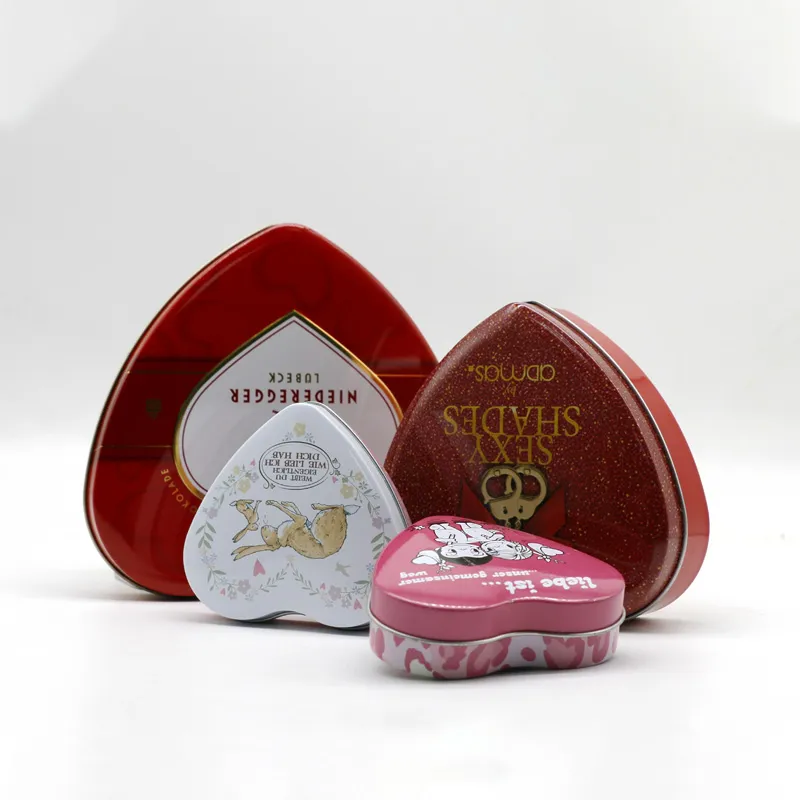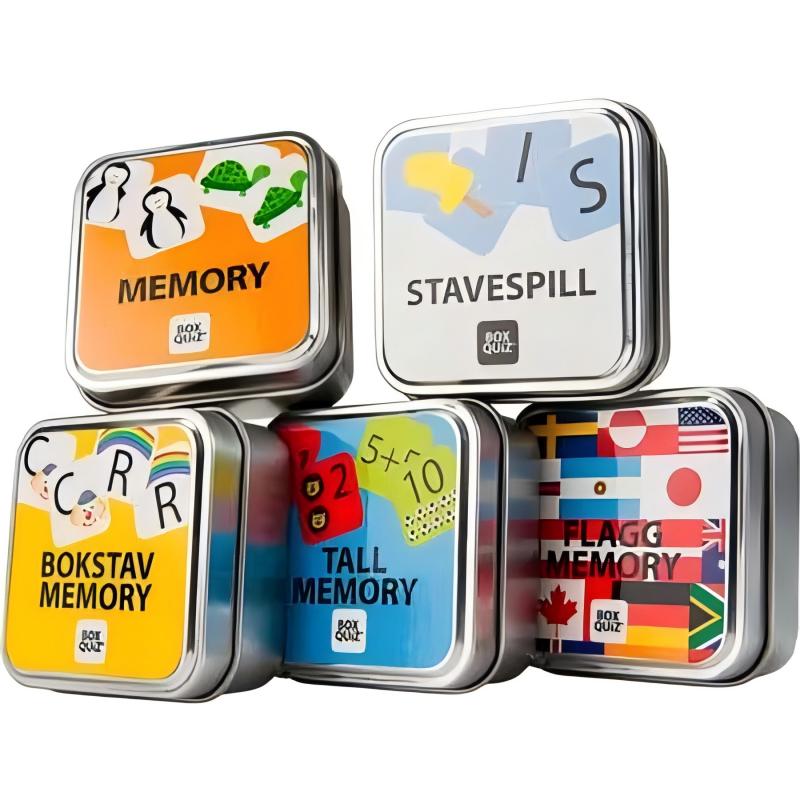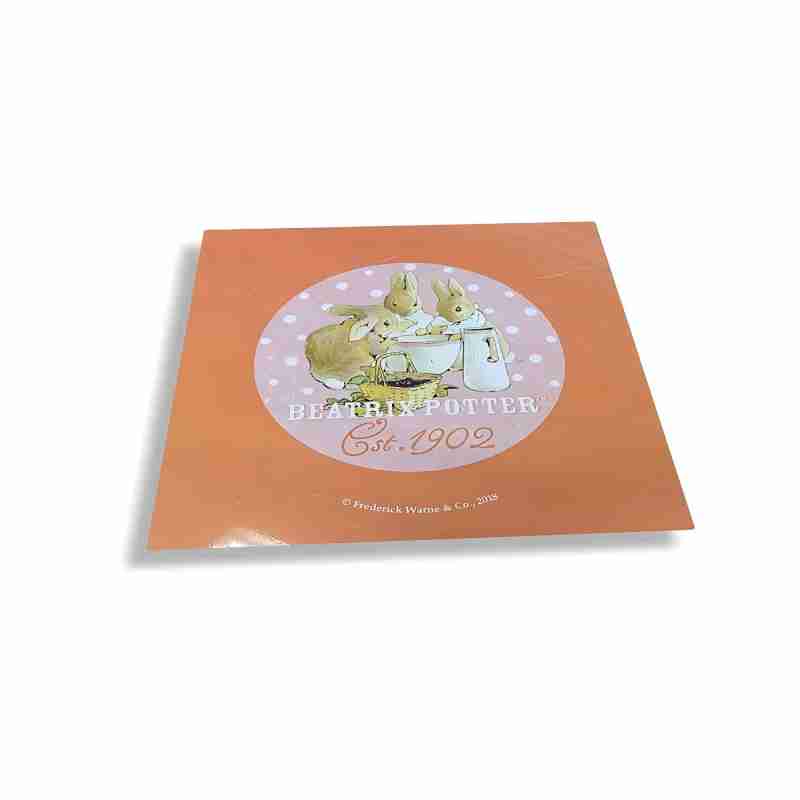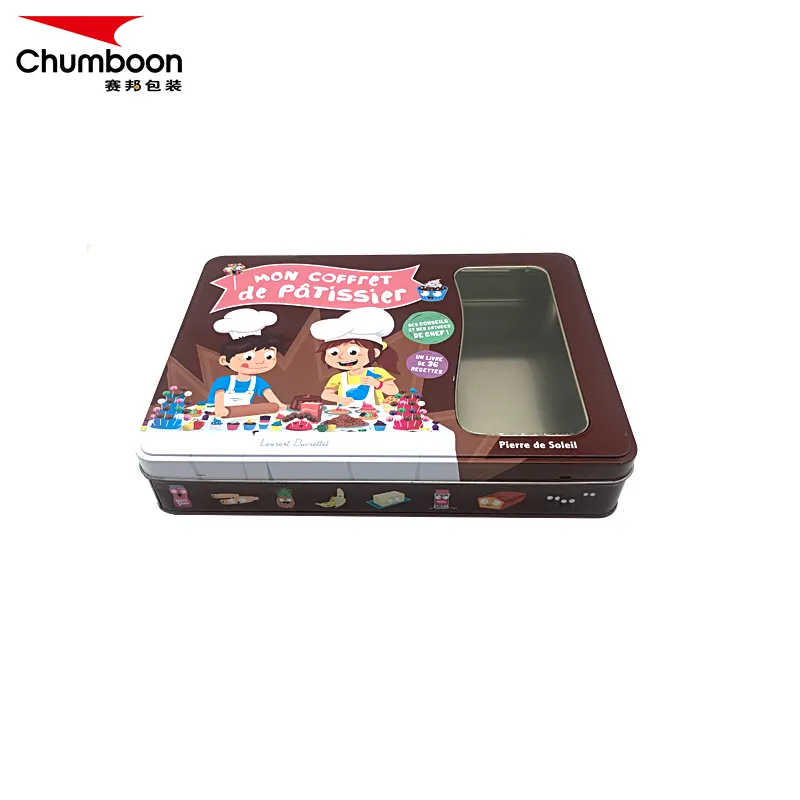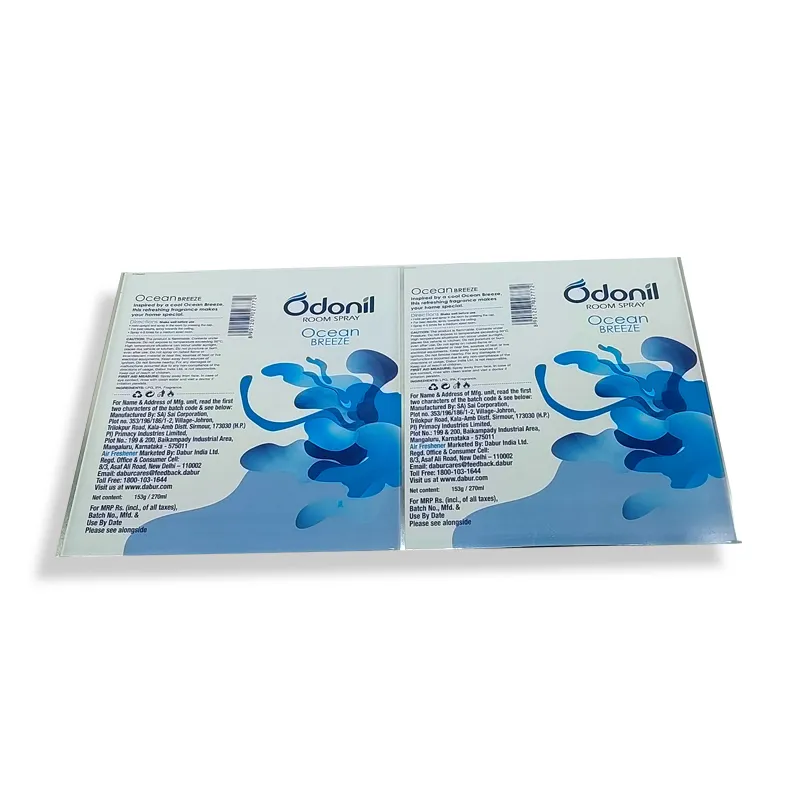Its English name "Tinplate" is a combination of "tin" and "plate", which explains the core component of this material: a tin-plated steel plate. Tinplate is mainly composed of two raw materials: low-carbon steel plate and tin coating, which complement each other and give tinplate superior performance.
2024-11-28
More

